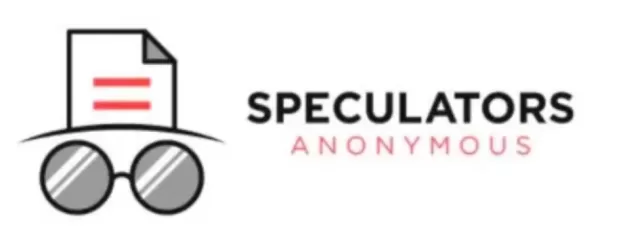Back in mid-June – I wrote an article highlighting both the savings glut and treasury imbalance issues that were grossly distorting the US banking system.
To give you some context: I wrote about the vast sum (the nearly $600 billion back then) that various US banks were parking in the Federal Reserve’s Overnight Repo-Facility (aka the ORRF – the last resort for banks and money-markets to park excess cash they have no better use for). All-while the Treasury continued emptying its cash account. Thus resulting in a rising tide of liquidity sloshing around the entire banking system.
So – how are things since then?
Well – as of today – the ORRF’s holding roughly twice as much (nearly $1.1 trillion) as banks struggle even more to find places to invest.

Or – said another way – every single night various banks and investors are parking over $1 trillion at the New York Fed.
And this trend doesn’t appear to be slowing down anytime soon. . .
Why?
Well – to put it simply: there were trillions of dollars’ worth of pandemic aid injected into the economy over the last 19-months. And almost all that cash is still struggling to find a home.
Thus – banks have seen their deposits rise faster and faster – while their ability to reinvest those dollars into assets (loans) grows slower and slower.
That’s why – even with the mainstream financial media constantly talking about the growing economy and consumers flush with cash – I remain skeptical.
That’s because – in theory – both a growing economy and low-interest rates should lead to increasing demand for loans. (Meaning: banks should have no problem finding borrowers in this environment).
But – instead – loan demand has remained very anemic.
(Remember: banks use deposits as ammo to create loans. And the difference between those two is effectively their profit margin. So with deposit costs piling up amid weaker lending – it’s unprofitable for banks).
Just take a look a U.S. commercial bank assets over the last 20 months. . .



The weakness in commercial loans relative to rising government debt indicates that even as banks loosen their lending requirements to record lows – loan demand in the real economy remains very sluggish.
This has forced banks into two desperate options:
Either buying government debt at extremely low returns (banks bought a record $150 billion in Treasury bonds last quarter). Or parking idle cash (currently over $1 trillion per night) at the Fed’s ORRF for next to nothing in return (0.05%).
Also – making matter worse – the Fed continues pumping ever-more money into the banking system via $120 billion in monthly quantitative easing (aka QE).
(Remember: QE is when the Fed buys bonds from banks and sells them cash in return. So all this monthly bond buying has left banks with even more cash/reserves and less Treasuries/collateral).
All this has left banks squeezed between a rock and hard place:
Meaning: they’re being pumped full of liquidity all-while struggling to find attractive ways to deploy this ever-rising pool of cash.
And as long as banks have no better alternatives both their bond buying and use of the ORRF will rise; thus pushing yields lower and lower. (Meaning: there’s far too much idle cash in the system that it’s become a liability for banks. Thus any assets with positive returns – even government debt that barely yields 1% – is quickly gobbled up).
So – in summary – the banking system is drowning in a flood of deposits.
Corporations, consumers, and investors all continue parking enormous amounts of cash in banks. Yet they then have no where to invest it all.
And while the mainstream financial media continues hyping up the notion that as the economy recovers – loan demand will also. I remain highly skeptical.
Yet – still – the Fed continues pumping reserves into the system. Hoping it’ll end up lent out into the economy and spur demand.
But that isn’t what’s happening. . .
Instead – all its done is create waves of unintended consequences (such as moral hazard, wealth inequality, asset bubbles, and debt bondage).
In fact – the Fed’s doing more harm than good at this point.
As the infamous classical economist – John Maynard Keynes – would say: the economy is stuck in a liquidity trap. (Meaning: when further central bank easing becomes ineffective due to already very low rates combined with consumers/corporations that keep saving and won’t borrow).
Thus I continue to expect lower yields, lower growth, and debt-deflation. Because as I’ve said before – it’s not the supply of money that’s the problem. But the lack of places where to put it all.
So – for now it’s hard to believe that anything will really change except for ever-bigger cash gluts and ever-less lending in the real economy.
But – as always – time will tell. . .
PS – back in April I wrote to S.A. Premium Subscribers that I was long bonds because I expected the savings glut and Treasury imbalance to weigh yields down. I still believe this and holding my positions.

